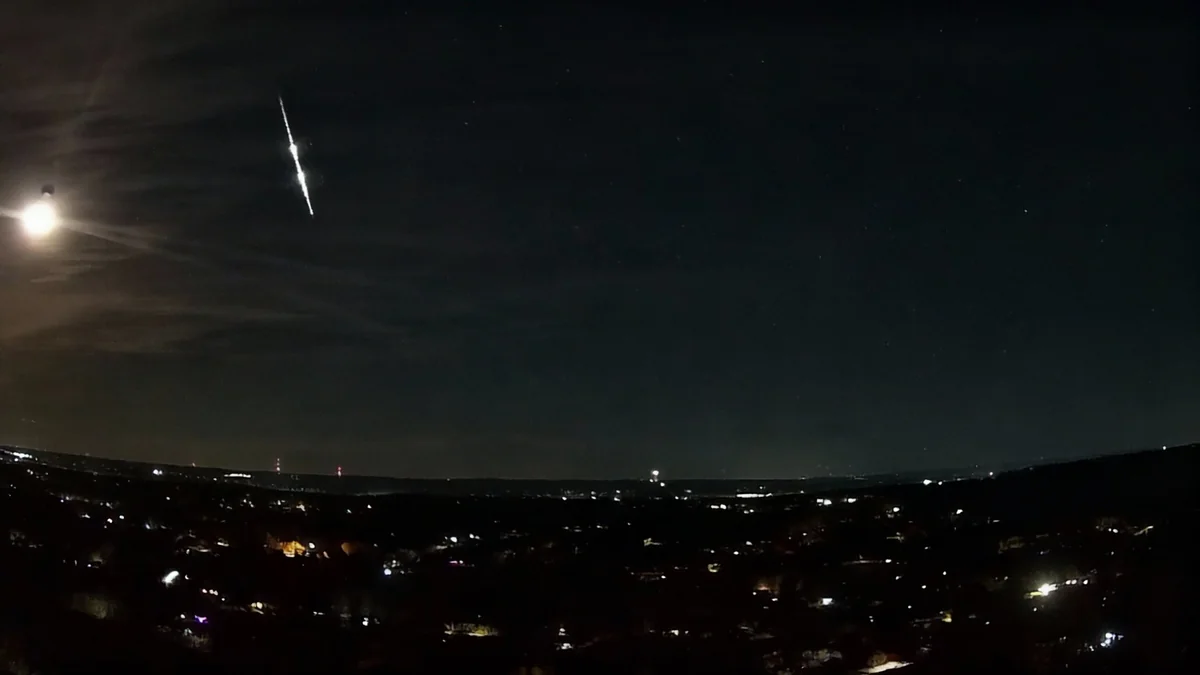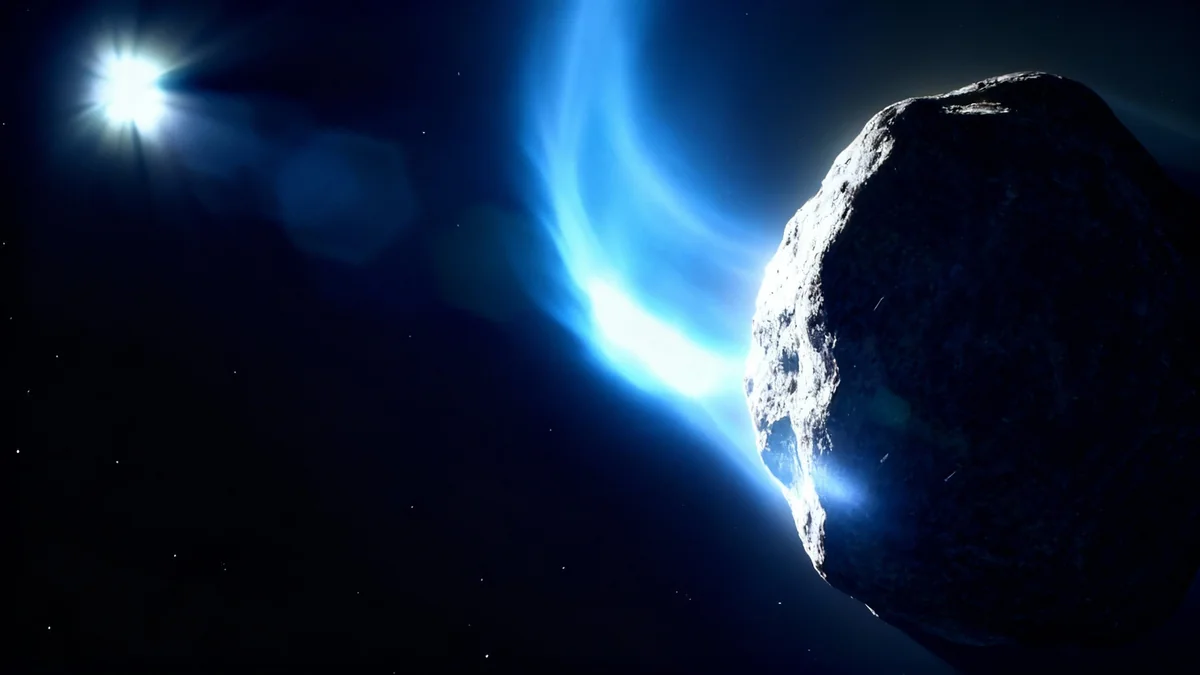With the recent silence of Japan's Akatsuki spacecraft, Venus is currently without an active orbital mission. However, a new international fleet of probes is being prepared to journey to our planetary neighbor in the coming decade, aiming to unlock the secrets of why Earth's so-called "evil twin" became a scorching, inhospitable world.
These ambitious plans, involving space agencies from the U.S., Europe, and India, as well as a private company, face significant hurdles. Budget uncertainties in the United States threaten to delay or even cancel key American contributions, casting a shadow over this renewed push to explore the second planet from the sun.
Key Takeaways
- Several international missions are planned to launch toward Venus within the next decade.
- NASA's two flagship missions, VERITAS and DAVINCI, face potential cancellation due to proposed budget cuts.
- Missions from Europe, India, and a private U.S. company (Rocket Lab) are also in development.
- The scientific goals range from studying Venus's thick atmosphere and geology to searching for signs of organic compounds in its clouds.
A Renewed Focus on a Mysterious World
For decades, Mars has captured the lion's share of attention in planetary exploration. Yet, scientists are increasingly turning their focus back to Venus, a planet that in many ways is more similar to Earth. It shares a comparable size and mass, but its evolutionary path diverged dramatically.
Understanding this divergence is a primary driver for the new missions. Scientists want to know if Venus once had oceans, why it developed a runaway greenhouse effect, and whether its volcanic surface is still active today. Answering these questions could provide critical insights into planetary habitability and the long-term future of Earth's own climate.
Venus at a Glance
- Diameter: 95% of Earth's diameter
- Atmosphere: Over 96% carbon dioxide
- Surface Pressure: More than 90 times that of Earth
- Average Surface Temperature: Approximately 464° Celsius (867° Fahrenheit)
The recent end of the decade-long Akatsuki mission, operated by the Japanese Aerospace Exploration Agency (JAXA), has created a gap in continuous observation of Venus. This makes the success of the upcoming missions even more critical for the scientific community.
NASA's Ambitious but Threatened Missions
The United States has two major missions in advanced stages of planning, both selected as part of its Discovery Program. However, their futures are precarious, dependent on federal budget allocations.
VERITAS: Mapping a Hidden World
The VERITAS (Venus Emissivity, Radio Science, InSAR, Topography, and Spectroscopy) mission is designed to be a planetary cartographer. Planned for launch no earlier than 2031, its primary goal is to create detailed 3D global maps of Venus's surface, which is permanently shrouded by thick clouds.
Using advanced radar technology, VERITAS would peer through the clouds to understand Venus's geological history. Scientists hope to determine if plate tectonics are active and whether volcanism still shapes the planet's surface. The spacecraft would also study Venus's gravity field to offer clues about its internal structure. Like its sister mission, VERITAS is at risk of cancellation under proposed NASA budgets.
DAVINCI: A Plunge into the Inferno
The DAVINCI (Deep Atmosphere Venus Investigation of Noble gases, Chemistry, and Imaging) mission is a bold endeavor scheduled for the early 2030s. It consists of an orbiter and a descent probe designed to plunge through the planet's crushing atmosphere.
The probe, about one meter in diameter, would be the first U.S. craft to enter Venus's atmosphere since 1978. During its hour-long descent, it would sample the chemical composition of the atmosphere, measuring noble gases and other compounds to understand how the atmosphere formed and evolved. It would also take the first high-resolution images of a unique geological feature known as a "tessera," which may be ancient terrain similar to Earth's continents.
The Budgetary Hurdle
Both the VERITAS and DAVINCI missions, each with a budget of around $500 million, were selected by NASA for development. However, recent federal budget proposals have included their cancellation to reallocate funds to other agency priorities. The final decision rests with the U.S. Congress, leaving the missions in a state of uncertainty.
The International Fleet Heading to Venus
While NASA's plans are in flux, other global players are moving forward with their own Venus exploration programs.
Europe's EnVision Orbiter
The European Space Agency (ESA) is proceeding with its EnVision mission, slated for launch no earlier than 2031. This orbiter aims to provide a holistic view of Venus, from its inner core to its upper atmosphere. Its science objectives are to understand how Venus and Earth evolved so differently despite their initial similarities.
EnVision will carry a suite of advanced instruments, including a subsurface radar sounder to probe up to a kilometer below the surface. NASA is a key partner, contributing a synthetic aperture radar. However, this contribution is also under threat from the same budget pressures facing VERITAS and DAVINCI, which could impact the mission's overall capabilities.
India's Shukrayaan Mission
Following successful missions to the Moon and Mars, the Indian Space Research Organisation (ISRO) is planning its first mission to Venus, named Shukrayaan. With a potential launch in 2028 or later, the orbiter is designed to study the planet's surface, its dense atmosphere, and its interaction with the solar wind.
The mission will carry 16 scientific payloads to conduct a comprehensive investigation. One key technology ISRO plans to test is aerobraking—using the drag of Venus's upper atmosphere to maneuver the spacecraft into its final science orbit, a technique that saves significant amounts of fuel.
A Private Mission to Search for Life
In a pioneering move, a private company is also joining the race to Venus. Rocket Lab, in partnership with researchers from the Massachusetts Institute of Technology (MIT), is developing the Venus Life Finder mission.
This mission is billed as the first private mission to explore Venus, aiming to search for organic compounds in the planet's cloud layers.
Scheduled for a possible launch in 2026, the small, low-cost mission will use a Rocket Lab Electron rocket and Photon spacecraft to send a tiny probe into the Venusian atmosphere. The probe will spend just three to five minutes falling through the cloud layers, at an altitude where temperatures and pressures are surprisingly Earth-like.
The probe's single instrument will use a laser to analyze the composition of cloud particles. It will search for fluorescence, a phenomenon where organic molecules glow when struck by light. While not definitive proof of life, detecting organic compounds would be a major discovery and would pave the way for more complex follow-up missions.





